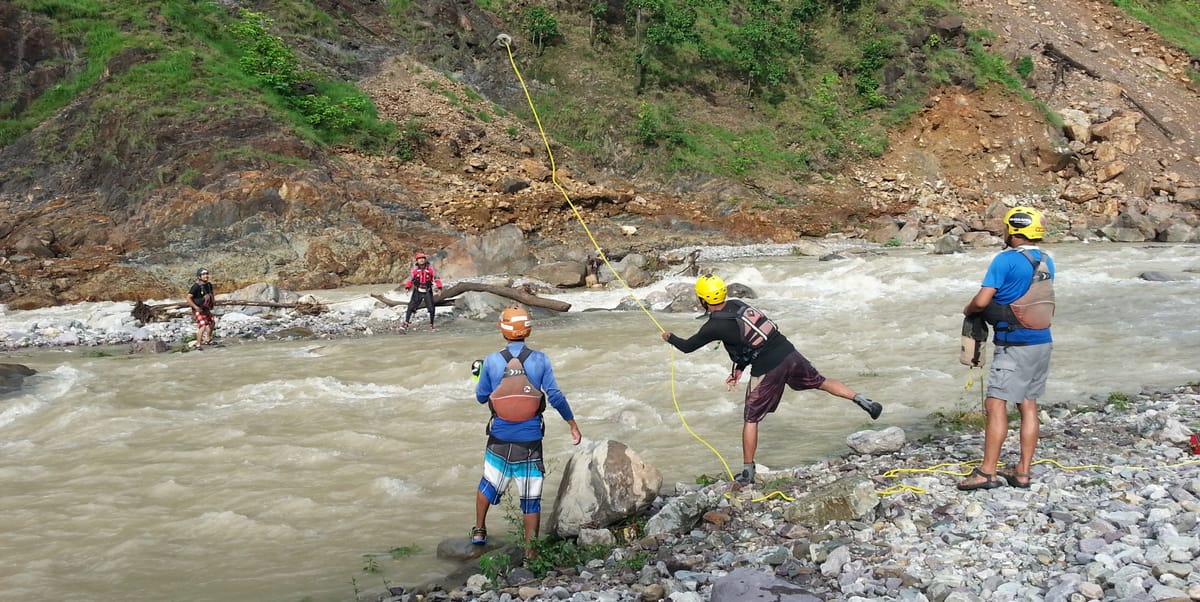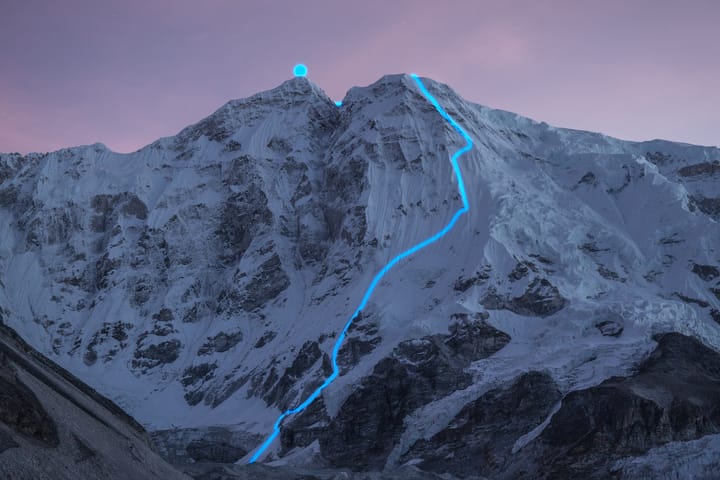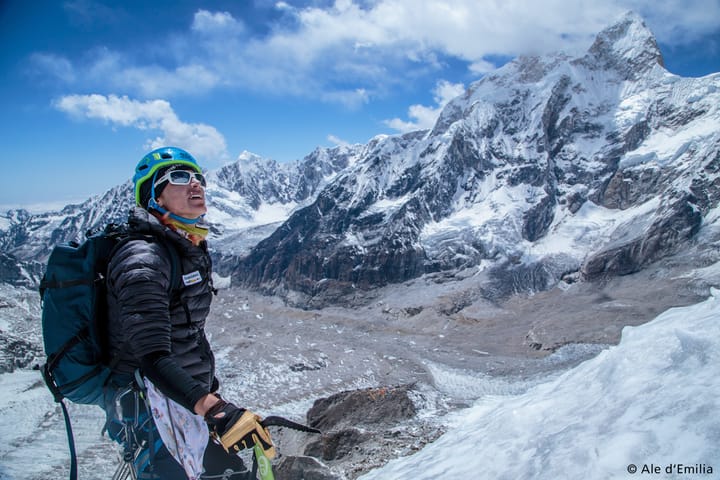Rescue 3 International and IRF train five Indian paddlers in river rescue (Part 1)

Five professional river guides were part of India's first combined river rescue course and assessment in Rishikesh. The course was conducted by Rescue India and certified by Rescue 3 International and International Rafting Federation (IRF). The Outdoor Journal gives a comprehensive report in this two-part series.
The rafting industry is a 30 year old industry in India, and whitewater rafting on the Ganges in Rishikesh in north India is one of the most sought-after adventure activities for the average city-dweller.
It is believed that there are more than 400 rafting companies operating in the city out of which only 140 have the required licenses. These companies cater to more than 50,000 tourists a year generating a revenue of about 20 crore every season.
Controversies apart, there are no formal schools for whitewater rafting or kayaking in India. Companies train their staff and guides according to their convenience and business requirements. The number of river guides operating on the Ganges in Rishikesh is unknown because there is no mandatory certification required to become a river guide.
From 11 to 16 July, Rescue India, 'India's first water and rope rescue training company' conducted a five-day river rescue course in Rishikesh, under the guidance of ace kayaker Bhupendra Singh Rana.
Bhupendra is the only river guide in India to hold a certification from Rescue 3 International, one of the oldest international search and rescue companies and IRF (International Rafting Federation), a global federation for rafting enthusiasts and guides.
The five-day course was divided into three days of river rescue training certified by Rescue 3 international and two days of river guide assessment under the guidelines of IRF. It was the first time two international bodies joined hands to train five professional river guides in India.
The Outdoor Journal team covered this unique rescue river course for professional river guides and boaters. A comprehensive report follows.
The objective of the course was to impart the trainees with the skills to prepare for a rescue situation and counter it efficiently in the given frame of time. The main aim was to develop skills and tools using the available resources to their best judgement.
The basic requirement of the course was a minimum of 3-5 years of experience on the river and a valid First Aid certificate.
The location selected for the course was 'Phoolchatti Creek ' by the Ganges, challenging enough for the professional boaters.
The five professional river guides were a mix of experience , talent and skill. Navraj Magar and Arvind Bhardwaj were the most experienced of the lot, rafting on Indian rivers from Arunachal to Leh for almost 29 and 22 years respectively. The other three, Sahdev, Rakesh and Mahaveer looked like Billabong sponsored athletes but what they lacked in experience, they made up with their skill , dexterity and perseverance.
https://youtu.be/lxbEVyozmkA
DAY 1: The course commenced on the 11th July. It was a rainy day. The excitement and nervousness in the air was evident. After a quick introduction about the course, a theoretical class about the basics of rescue was conducted. It was an informative class and helped in understanding the concept of rescue and how rescue can be avoided with good preparation. This helped the participants open up and become more forthcoming with their doubts and questions. Rain played a vital role in making the first day challenging enough for the five professional river guides.
After a wholesome meal at Rawat Ji's dhaba* everyone was eager to get into the water. The training module for the day was:
- Swimming- The first part of the training was to get the feel of the fast flowing creek water. The participants had to learn and demonstrate different styles of swimming methods.
- Aggressive swimming - This is a face down (free-style) style of swimming and is generally used in high volume river water
- Defensive swimming - This is floating on the back with face upwards and feet downstream. It is used to conserve energy and evaluate the river
- Barrel roll- This is a technical swimming maneuver where one has to roll on his back while swimming aggressively in order to cross a strong eddy line.
2. Swift Water Entry Move- In order to get into the water for a crisis situation one needs to save time and energy and cover as much distance as possible without getting injured. Swift Water Entry move enables a boater to do that. Jump out horizontally with your back arched to expose the front of the PFD (Personal Floating Device). Keep your knees bent so that feet are in the air. This helps to gain maximum power and distance.
3. Essential gear for the river- The participants were briefed about the essential gear required for a kayaker/rafter: PFD(Personal Floating Device), helmet, throwbag, boots/footwear, dry suit/wet suit, knife, flipline, 3-2-1 system(3 carabiners, 2 prusick knots, 1 tape sling).
https://youtu.be/rGdcxKtH3U0
4. Importance of throwbags- A throwbag is the most important piece of equipment for any boater. It is a standard rescue equipment with 15-20 metres of rope coiled inside a bag. The bag is thrown to the swimmer, kayaker etc in the river in order to retrieve them safely. The participants were taught how, when and where to use a throw bag.
5. Live Bait Rescue Method- It is a fast paced rescue technique that is used to access pinned boats and injured boaters who are incapable to execute their own self rescue to shore. Its called live bait as it uses one person as bait to get to the victim.
At the end of the first day the participants were exhausted , bruised and injured but it failed to hamper their spirits. Arvind Bhardwaj, the 40 year old river guide and owner of Red Chilli Adventure company felt the training was "bit demanding but definitely eye opening"
*Dhaba- they are roadside restaurants found all over the country. And they generally serve local cuisines.
Text: Melvin Michael (Currently an editorial intern at The Outdoor Journal)
Video (shot and edited): Sunny Lamba (Visual Editor)





Comments ()